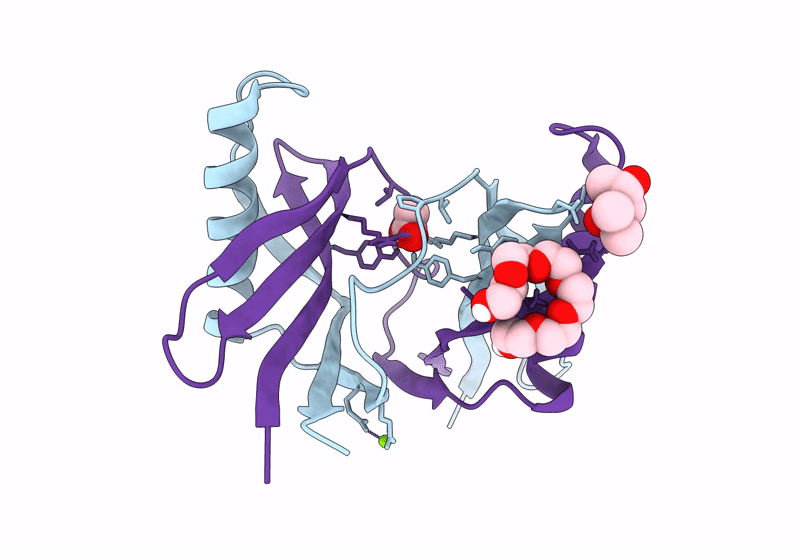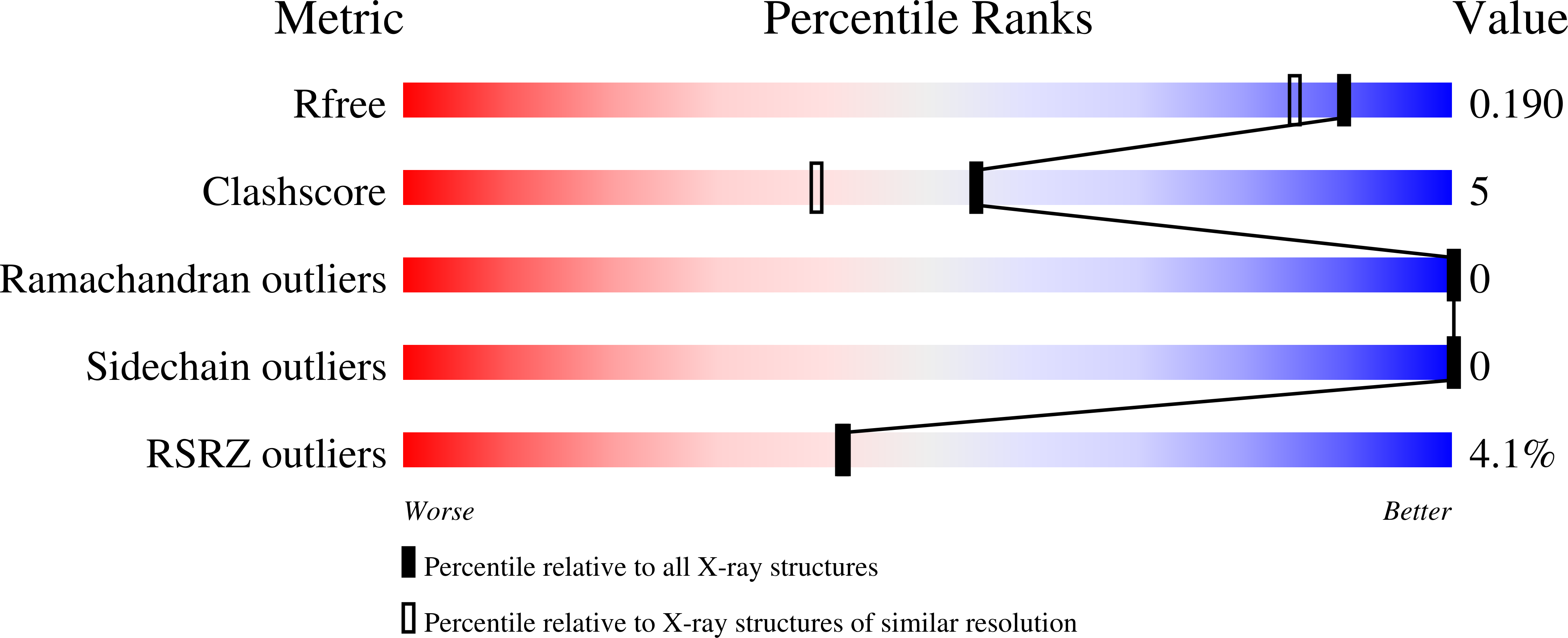
Deposition Date
2024-11-26
Release Date
2025-04-02
Last Version Date
2025-04-09
Entry Detail
PDB ID:
9HIJ
Keywords:
Title:
X-ray structure of Perm1, a circularly permuted mutant of the sweet protein MNEI
Biological Source:
Source Organism:
Dioscoreophyllum cumminsii (Taxon ID: 3457)
Host Organism:
Method Details:
Experimental Method:
Resolution:
1.60 Å
R-Value Free:
0.19
R-Value Work:
0.17
R-Value Observed:
0.17
Space Group:
I 1 2 1


